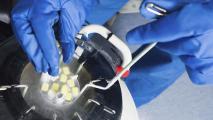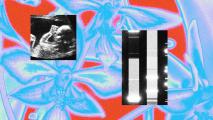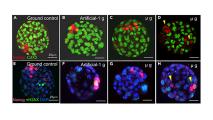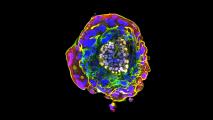Premature birth is the most common cause of infant mortality, and the biggest cause of preterm labor is an infection in the mother. For a long time, doctors assumed this was all about the mother—infections triggered labor directly, making her body overreact and causing contractions. But a new study shows that, at least in some cases, it’s the baby’s own immune system that causes preterm labor, and it could even be a way to escape the infection. This discovery overturns the conventional wisdom and points to entirely new ways to prevent premature birth.
Mother vs. Baby: In general, your body doesn’t like things that aren’t you. The immune system’s main task is to find cells with foreign DNA, like viruses and bacteria, and attack them. But there are downsides to that rule—for instance, if you’re growing a completely new person inside of you. Pregnancy has several ways to suppress the mother’s immune response to prevent it from attacking the baby. But the conventional wisdom has always said that the fetal immune system is simply too immature to do much during pregnancy.
“Waking Up” Early: Researchers at UC San Francisco have discovered that babies’ immune systems are actually just dormant, waiting for the right signal to turn them on after birth. It turns out, unfortunately, that infections in the mother can fool it into waking up early. And once the system is on, it starts attacking the mother’s cells, causing inflammation in the uterus and triggering contractions.
Hitting the Eject Button: This could simply be a mistake: babies’ immune systems have to be primed and ready to go, and sometimes this leads to a dangerous and untimely exit. But one of the study’s authors thinks premature birth could be an evolved eject button. “It could be a defense mechanism to exit a hostile uterine environment,” he said, “if you encounter trouble in the form of an infection or inflammation.” Normally, the womb is the place to be for developing babies, but sometimes it might have been worth the gamble to enter the world early.
The Upshot: Right now, the treatments for premature labor are aimed at the mother, treating her infection and trying to stop contractions. But this might be too little and too late when the real issue is the baby rejecting the mother—not the other way around. The infection could have come and gone already, possibly without the mother even noticing, but if it leaves the baby’s immune system activated, that’s the issue that has to be diagnosed early and treated. Recognizing this could open up a new range of possibilities for detecting and reducing the risk of premature birth.




